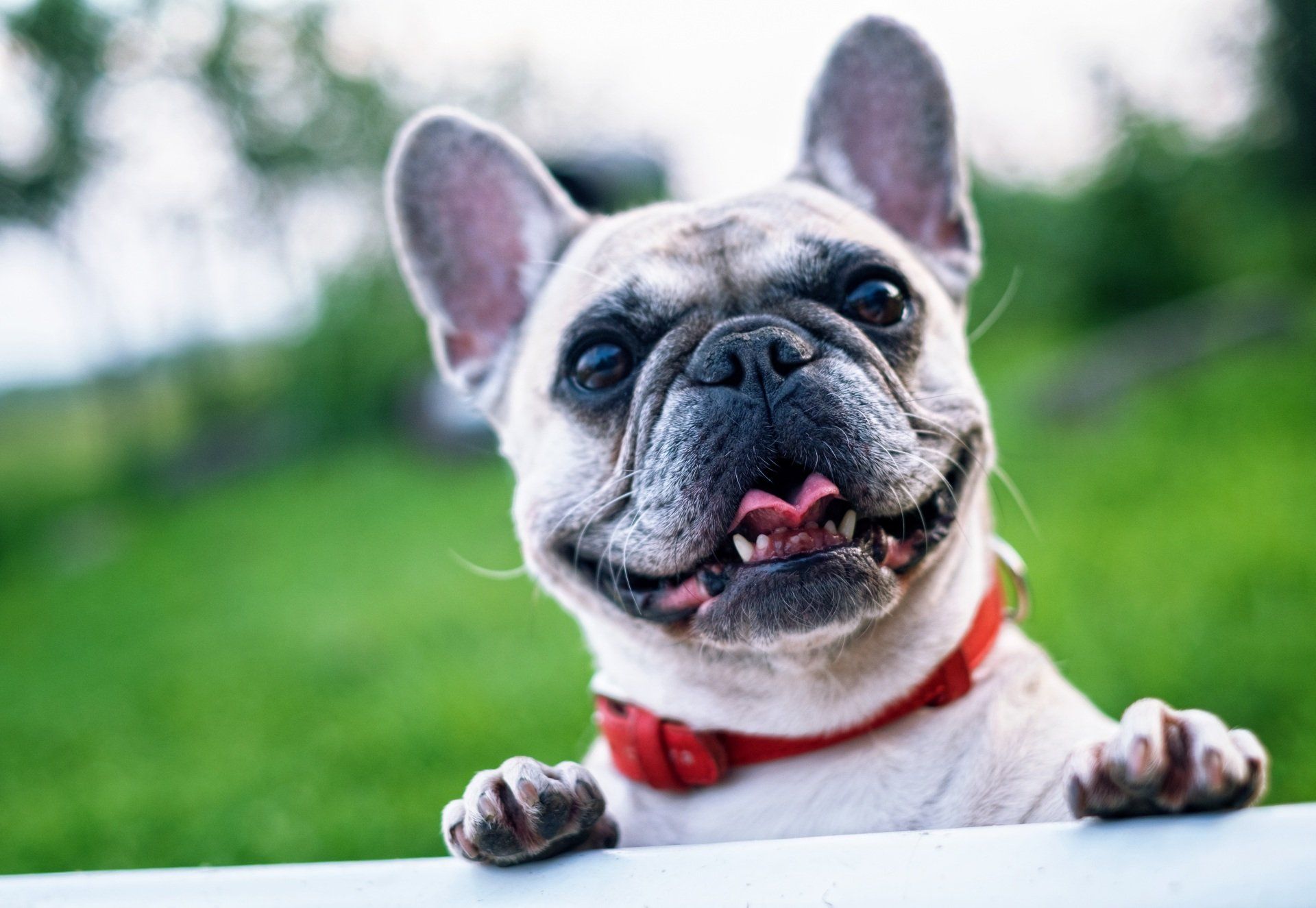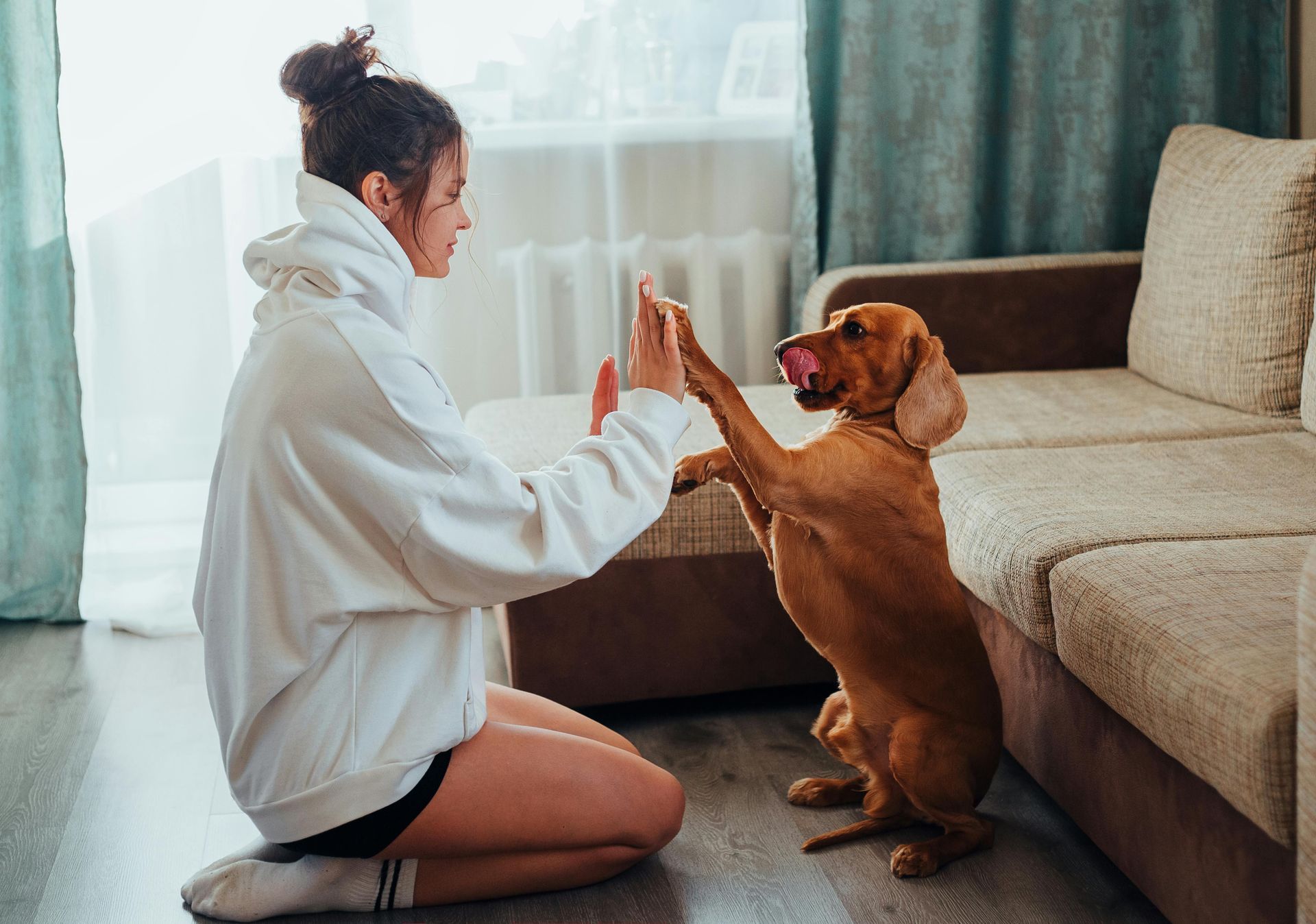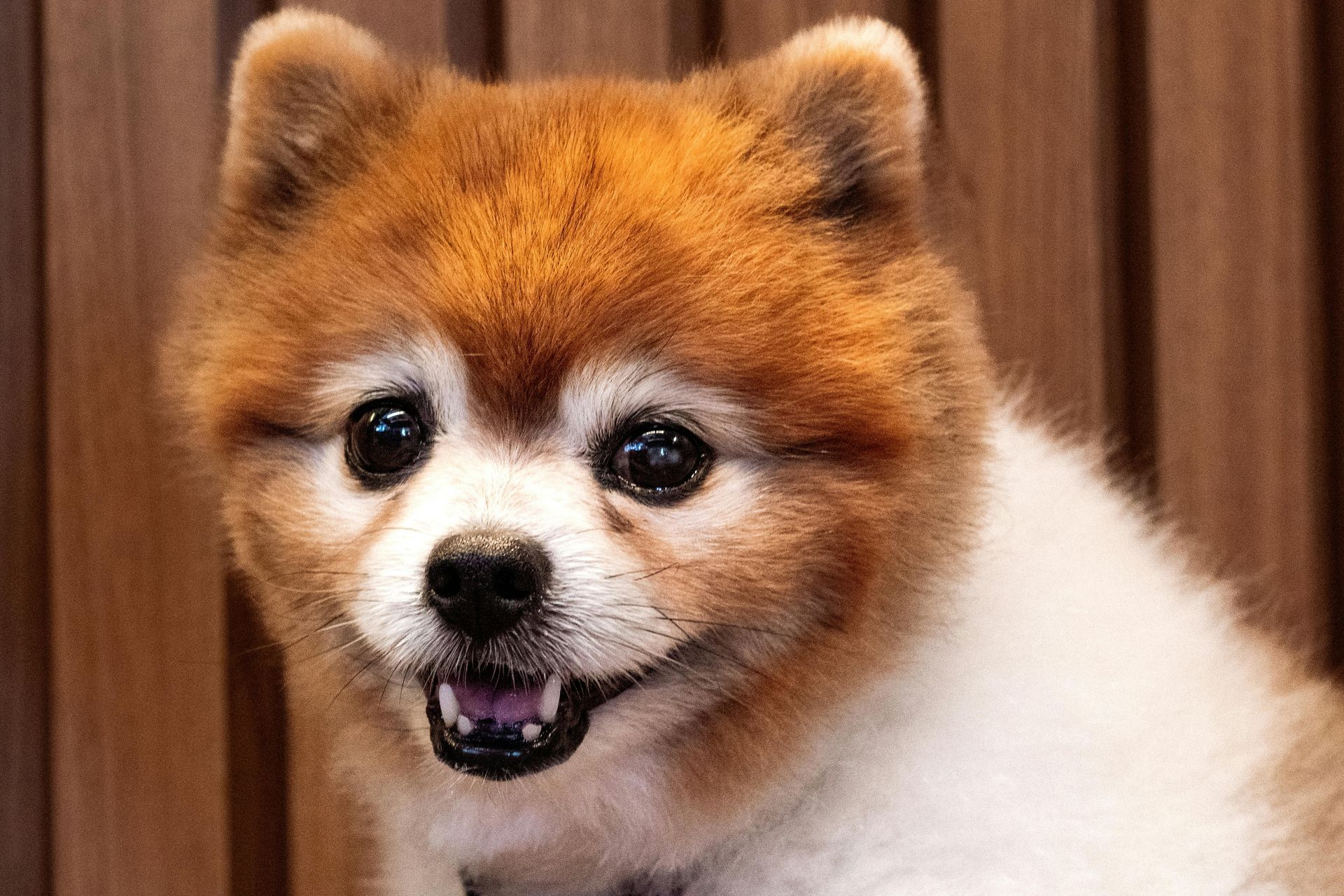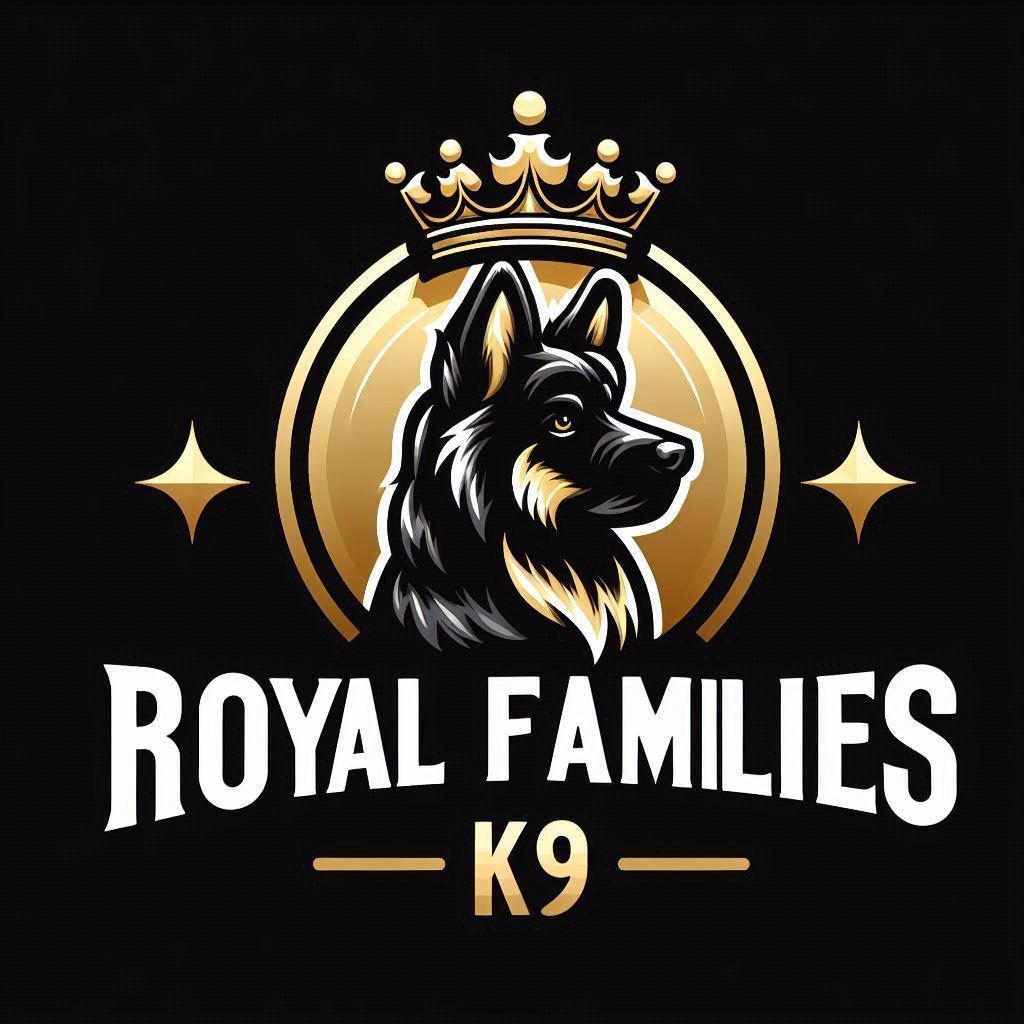Royal Library
Starting on the Right Foot

Managing Canine Behavioral Problems
When dogs misbehave, it can be challenging, but there are effective solutions to common issues. Keep your dog happy and healthy with these guidelines:
Leadership and Boundaries
- Be the Leader: Establish clear boundaries and communicate expectations. Reward good behavior with food, attention, play, and fun activities.
- Consistency: Maintain a consistent routine to establish positive patterns. It may take many repetitions, but being patient will pay off.
Daily Needs
- Mental and Physical Stimulation: Give your dog safe spaces to decompress, regular mental and physical challenges, and daily rewards. A well-exercised dog is less likely to engage in destructive behaviors like chewing or barking.
- Reward Good Behavior: Use food rewards, verbal compliments, physical contact, and play to reinforce good behavior. Dogs thrive on positive reinforcement.
- Avoid Rewarding Bad Behavior: Ignoring unwanted behaviors like separation anxiety, excessive barking, or aggression can prevent them from worsening.
Tips for Success
- Engage in Play: Games like tag, obstacle courses, and relay races provide both physical and mental benefits.
- Stay Patient and Consistent: Establishing a routine early on helps prevent future issues and saves time.
Mental Stimulations & Brain Games to Try
Food Puzzles and Treat-Dispensing Toys
- These toys challenge your dog to figure out how to get the treats out, providing both mental and physical exercise. Examples include Kongs, puzzle balls, and interactive feeders.
Hide and Seek
- Hide treats or toys around your home or yard and encourage your dog to find them1. This game engages their sense of smell and problem-solving skills.
Training New Tricks
- Teaching your dog new tricks or commands not only strengthens your bond but also keeps their mind sharp. Try teaching them to “shake hands,” “roll over,” or “play dead.”
The Muffin Tin Game
- Place treats in a muffin tin and cover them with tennis balls. Your dog has to figure out how to remove the balls to get to the treats.
Interactive Play
- Games like tug-of-war or fetch with a twist (such as hiding the ball in a specific spot) keep your dog engaged and alert.
Nose Work and Scent Games
- Hide your dog's favorite treats or toys and let them use their nose to find them. You can also try commercial nose work kits designed for dogs.
Fetch Variation
- Add a twist to the classic game of fetch by using different objects or tossing the toy in different directions to make the game more unpredictable.
Bubble Chasing
- Blow bubbles and let your dog chase and pop them. There are even flavored bubbles made specifically for dogs!
DIY Agility Course
- Create a simple agility course in your backyard or living room using household items. Encourage your dog to jump over, crawl under, and weave through obstacles.
Your dog's happiness and well-being depend on the rules, consistent activities, and rewarding experiences you provide. By following these steps, you'll foster a well-behaved and content canine companion. 🐾



